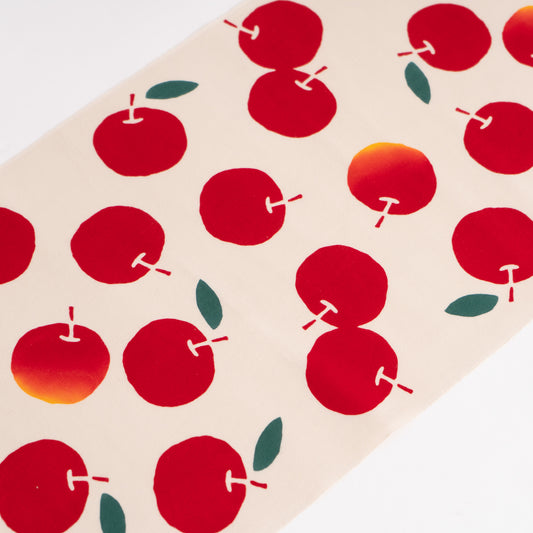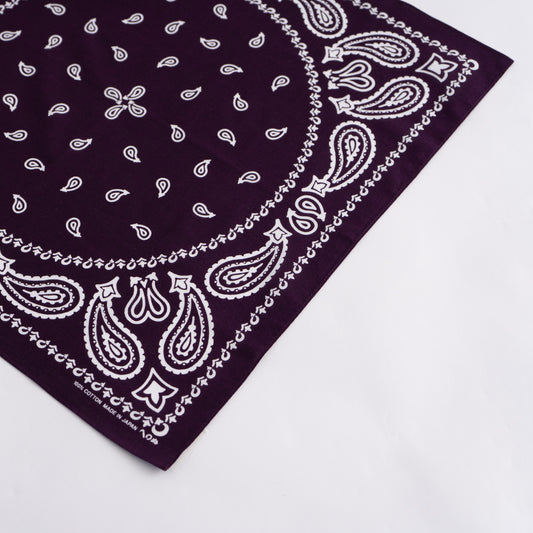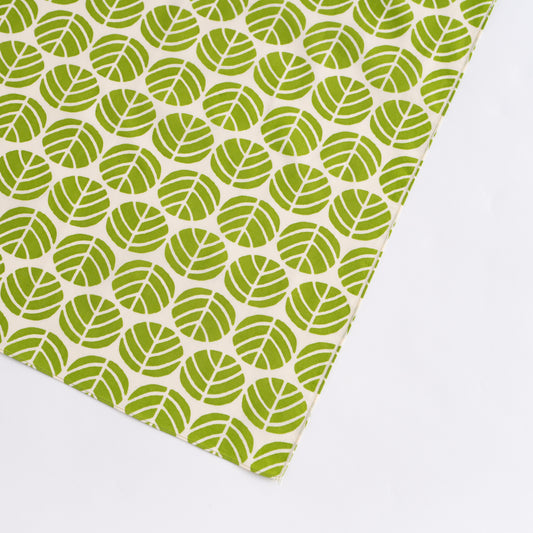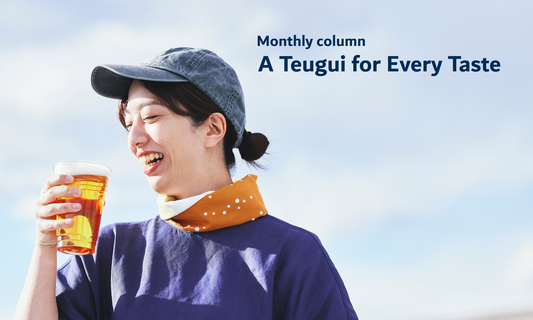CHRISTMAS NEW COLLECTION
-
Quilted Snow Pattern TENUGUI
Regular price $25.00Regular priceUnit price per -
Winter Ruby apple TENUGUI
Regular price $25.00Regular priceUnit price per -
Santa's Present TENUGUI
Regular price $25.00Regular priceUnit price per -
Fir Tree Pattern TENUGUI
Regular price $25.00Regular priceUnit price per
Japanese Classic Pattern Bandana COLLECTION
-
Japanese Classic Pattern Bandana Sumo Black
Regular price $24.00Regular priceUnit price per -
Japanese Classic Pattern Bandana Sea Dark indigo
Regular price $24.00Regular priceUnit price per -
Japanese Classic Pattern Bandana Cut Glass Kiriko Gunjo Blue
Regular price $24.00Regular priceUnit price per -
Japanese Classic Pattern Bandana Eggplant Dusky purple
Regular price $24.00Regular priceUnit price per
FUROSHIKI COLLECTION
-
Lemon FUROSHIKI Small
Regular price $18.00Regular priceUnit price per -
Apple FUROSHIKI Small
Regular price $18.00Regular priceUnit price per -
Cabbage FUROSHIKI Small
Regular price $18.00Regular priceUnit price per -
Fried Egg FUROSHIKI Small
Regular price $18.00Regular priceUnit price per
FEATURED ITEM
HOW TO USE
Kamawanu Journal
Let customers speak for us
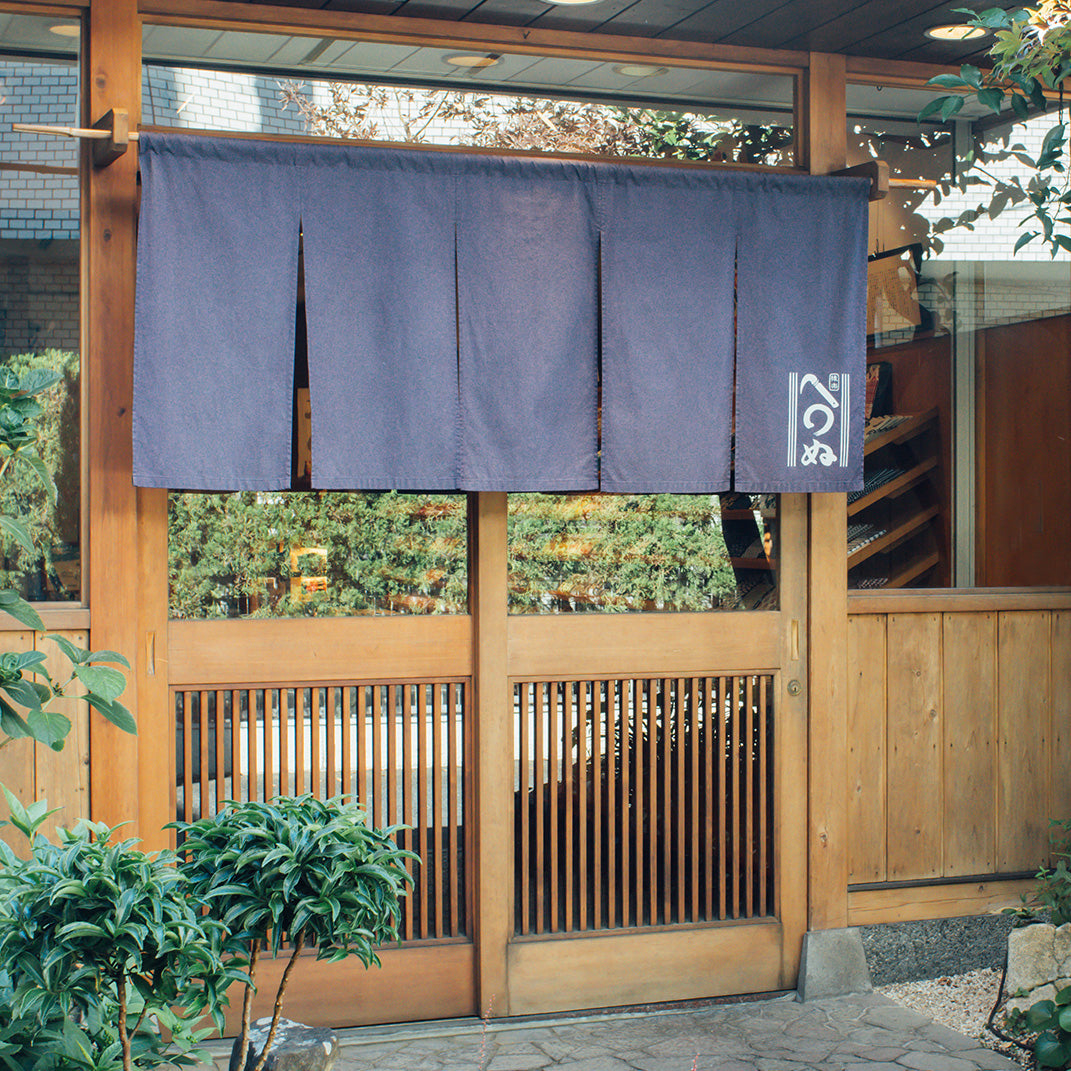
OUR STORY
Based in Tokyo, Kamawanu has been producing our original tenugui designs since 1990. Tenugui have been part of Japanese culture since the Heian period (794 to 1185), first as a utilitarian object for drying one’s hands and later as fashion accessories in old Edo (now Tokyo). Our tenugui are created by master craftsmen using a mix of traditional and contemporary techniques and technologies.

What is Tenugui?
Tenugui are functional in a variety of situations
They last a very long time and can be used in many ways

The Heart of Craft
All of our tenugui are made by hand by master craftsmen who earn a living wage. Each batch of tenugui is the result of hours of care and labor by individuals attentive to the smallest details—how craft should be!

Shipping Policy
We ship worldwide from Japan. Here’s all the information you need about shipping methods, delivery times, fees, and more.








